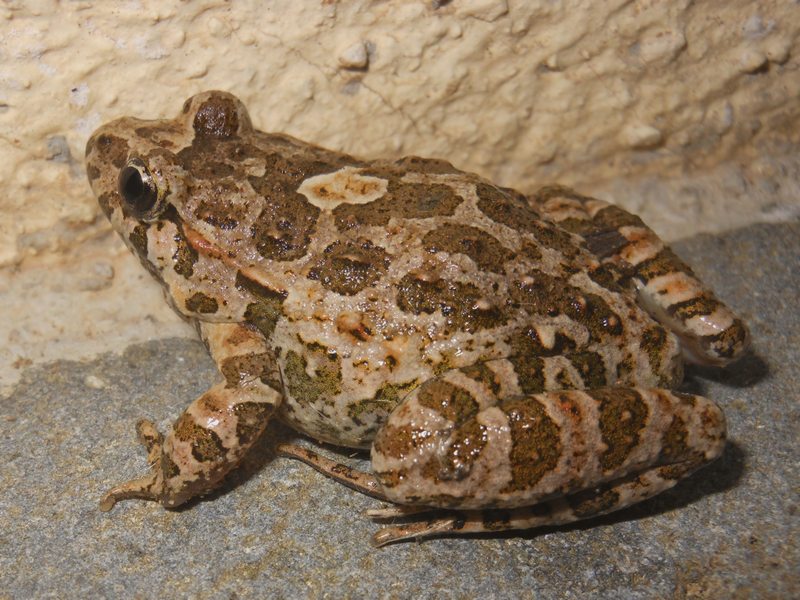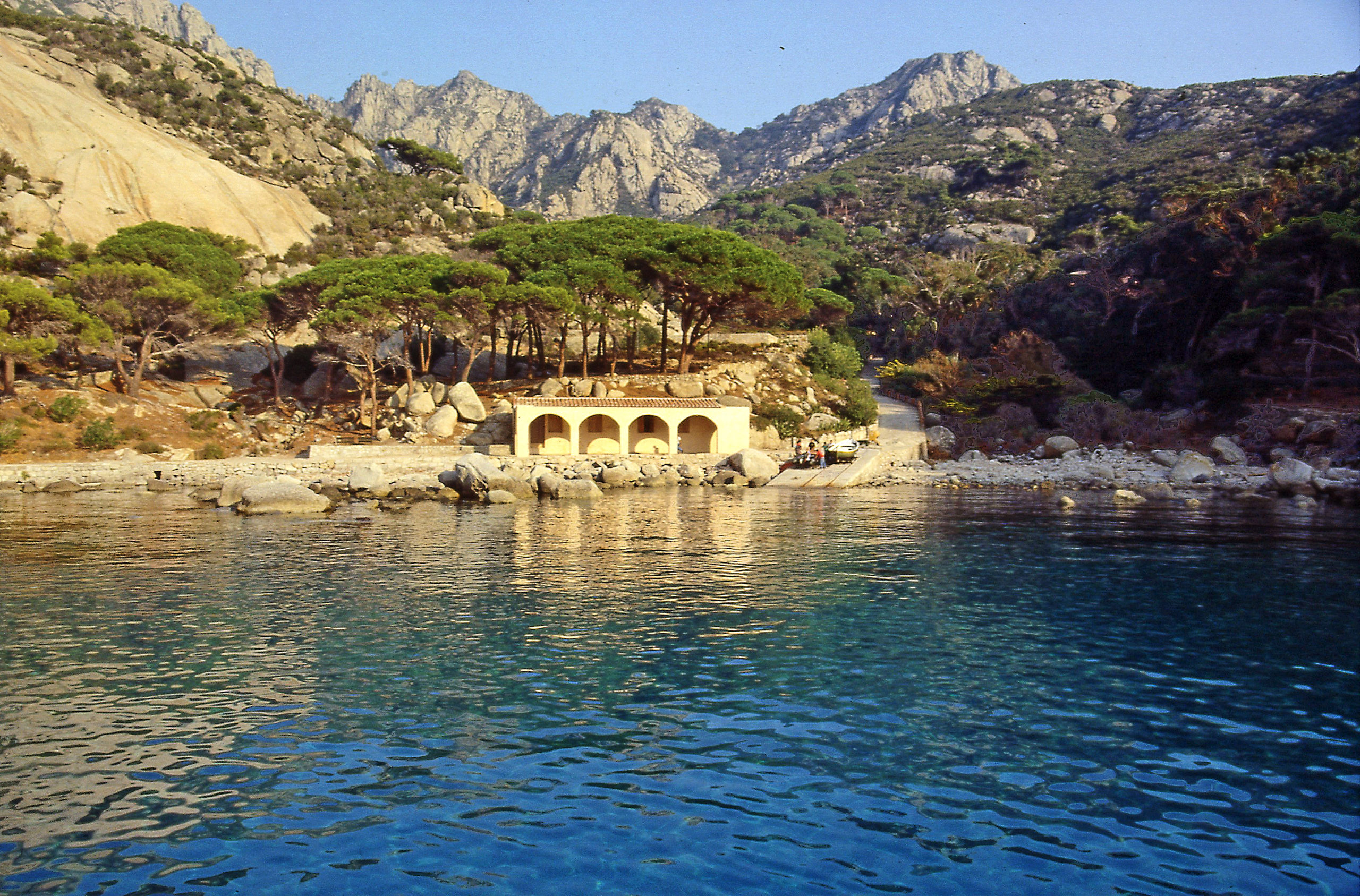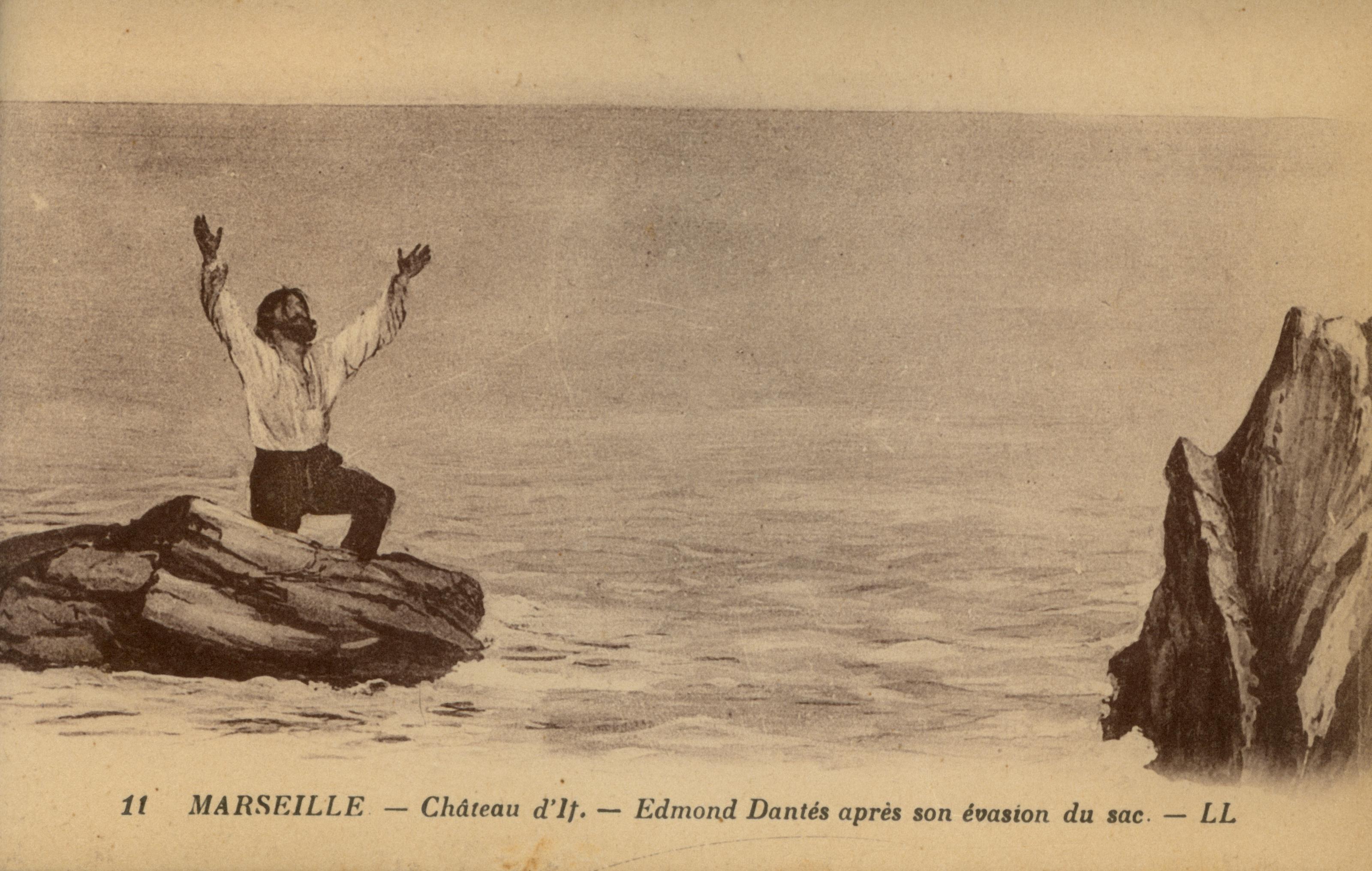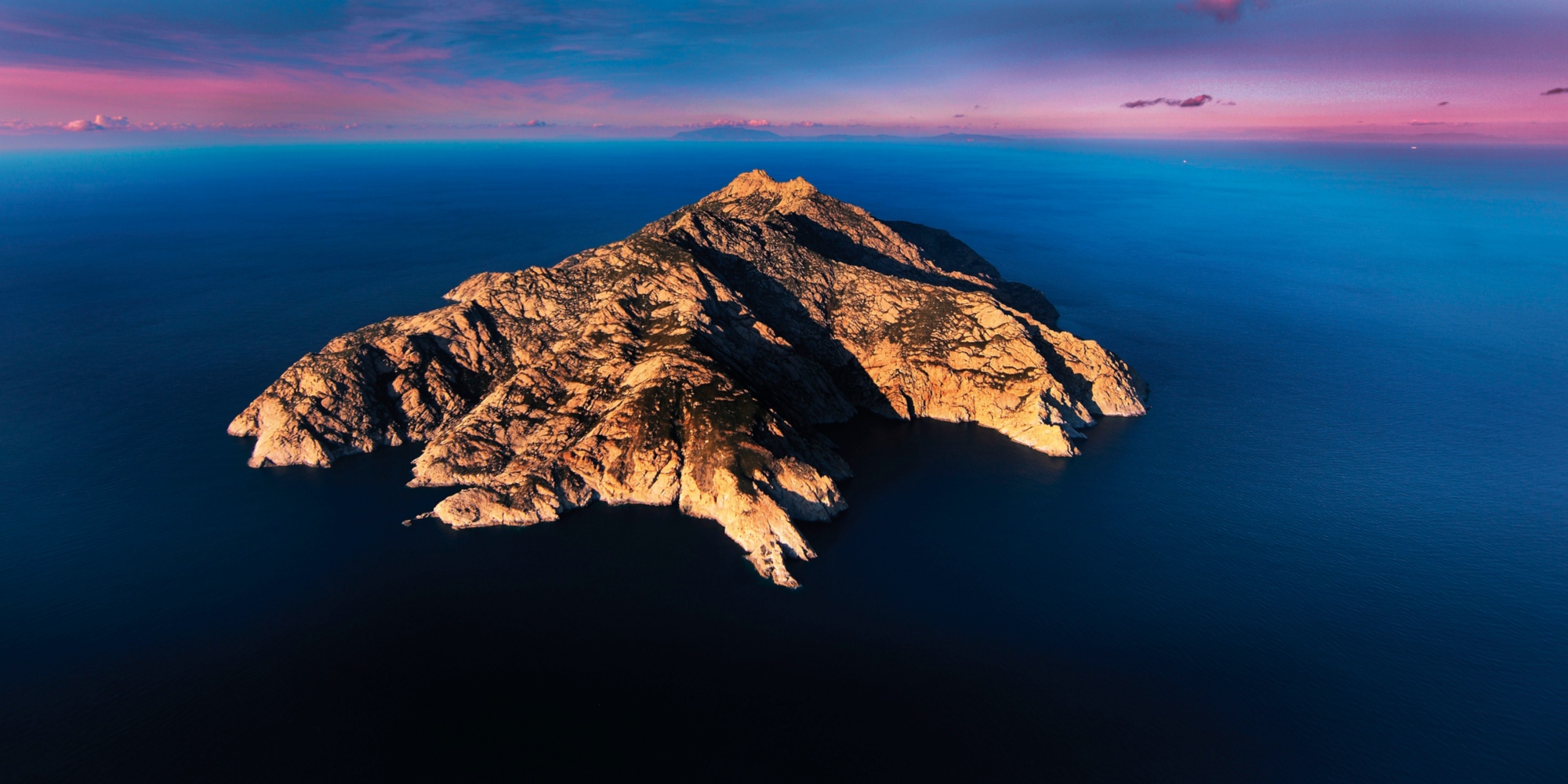Located in the Tuscan Archipelago, the Island of Montecristo has inspired legends, adventures and still remains a territory full of mystery, certainly helped by its location, difficult to reach and also to visit.
Its name is strongly related to literature, as this stunning island was Alexandre Dumas' inspiration for one of his masterpieces, The Count of Monte Cristo: wild and silent, it is practically perfect as the setting for the intricate plot of this famous novel.
The flora and fauna of the Island of Monte Cristo
The island is still not allowed to stay overnight, and to visit it you need a written permit strictly controlled by the Carabinieri Department for Biodiversity of Follonica: since 1971 it is a biogenetic reserve of the Tuscan Archipelago National Park; it is one of the most important points of passage and refuge for migratory birds.
The true locals of this island are the goats, introduced in the early periods of colonization, along with wild rabbits and the endemic viper of the island. This nature reserve is protected by strict rules to keep this beautiful biodiversity intact.
Plants, trees and animals live undisturbed on the island of Montecristo, which is home to two famous species of local fauna: the Montecristo viper, already mentioned before, and a rare amphibian, sardinian discoglosso, also known as the painted frog of the Tyrrhenian Sea.

Its best known places are Cala Maestra, characterized by its sandy bottom and its beautiful beach, which should be counted among the most beautiful in our region, and Villa Reale, which includes a beautiful botanical garden and a small natural history museum.

From Cala Maestra a path leads to the Belvedere, an incredible panoramic point that, as the name suggests, gives a breathtaking view to those lucky enough to get there.
The caves of Monte Cristo were once home to several hermits; it was the latter who christn the island as "Mons Christi", hence the modern name.
Around the middle of the sixteenth century, the infamous Turkish pirate Barbarossa and his successor Dragut, seized the monastery of Monte Cristo and established their base there giving rise to the legend of the treasure hidden on the island.

The pirate Dragut is thought to have accumulated vast wealth that he then hid in a cave somewhere on the island. Over the centuries many have tried to find the spoils of his raids, but no one has ever been successful; it was this legend of the hidden treasure that inspired Alexandre Dumas to write The Count of Monte Cristo.
Dumas and his Monte Cristo
Dumas arrived on the island in 1842, in the company of Napoleon Bonaparte's nephew. He immediately fell in love with it and thought she was "fantastic and lonely, scented with thyme and broom".
Easy to think how he could have come to mind the plot of his book, on this island with 645 meters high, the furthest from the mainland... it is precisely here that the protagonist, Edmond Dantes, is unjustly sent to prison. Here he befriends his cellmate who reveals to him the existence of a treasure in Monte Cristo: he manages to escape from prison, find the treasure and buy himself the title of Count of Montecristo.

From then on, his revenge can start.
The novel was serialized in August 1844 in the Journal des Débats and was an immediate and worldwide success.
A paradise away from consumerism and tourism

The island of Monte Cristo is, to all respects, a deserted island, inhabited by a couple of guardians. This wonder of the world cannot be appreciated by the human eye continuously, but it is also for this reason that curiosity around her has increased: the air of mystery that surrounds her is palpable even from afar.
A land detached from the frenzy, where time seems crystallized in perpetual beauty: behold, this is the Island of Monte Cristo.
Images sources: tuscany people, maregiglio, visit tuscany, l’identità di clio, natura mediterraneo, enea rotella










 Map
Map